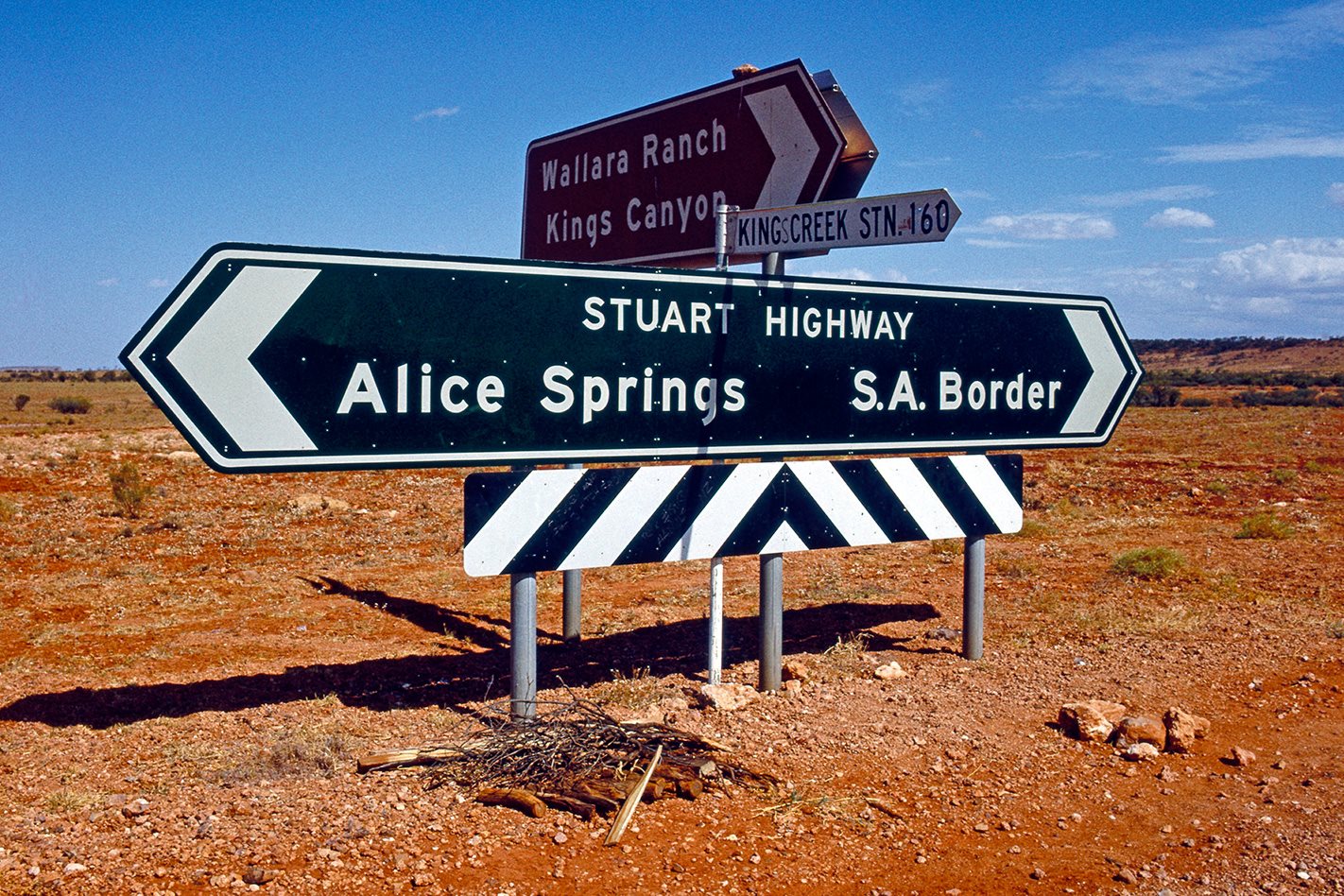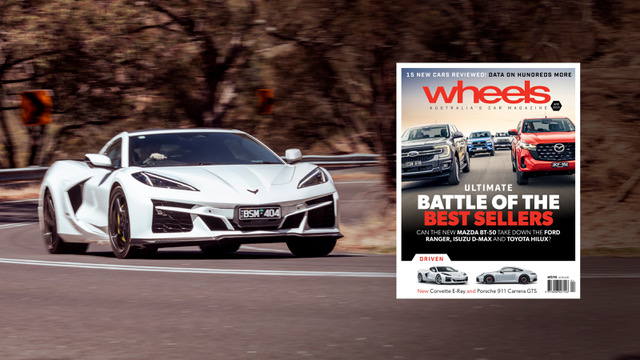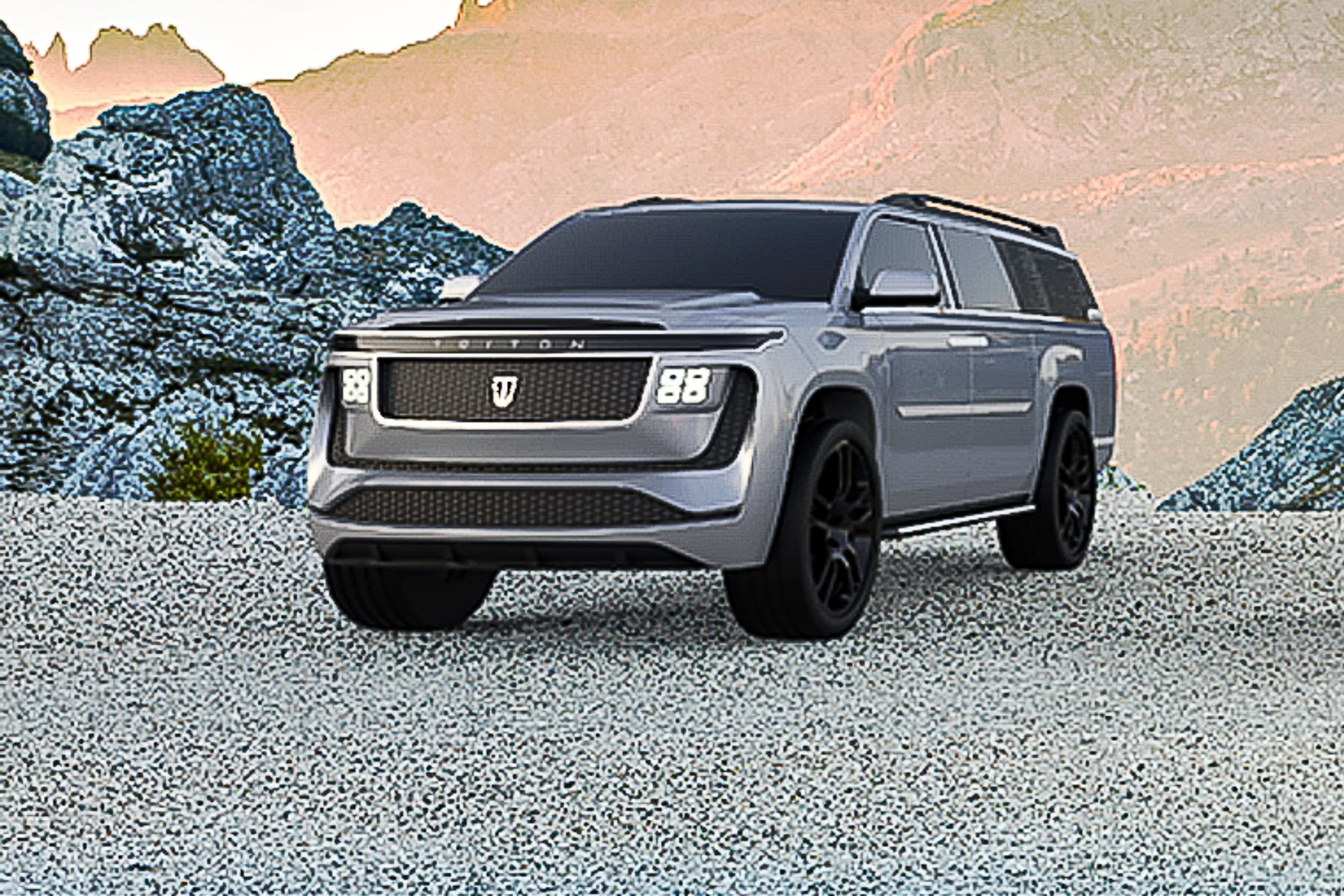
- Monster eight-seater claims 1000km battery range
- Ferrari-beating acceleration
- Is it just vapourware?
Not only that, it’ll accelerate from zero to 60mph (96.5km/h) in just 2.9 seconds – Ferrari-humbling territory for an eight-seat van that’s tipped to weigh 3500kg.
Based around a four-motor architecture, there will be a range of Model H vans; the base model will be offered with a mere 1000bhp (745kW) and an eight-tonne towing capacity, while its 150kWh battery array will provide up to 700km of range on a single charge.
The highest-spec car will use a 200kWh battery and offer the headline numbers of 1500bhp (1118kW) – at the wheels, mind you – as well as 1000km of range and 11,000kg of towing capacity.
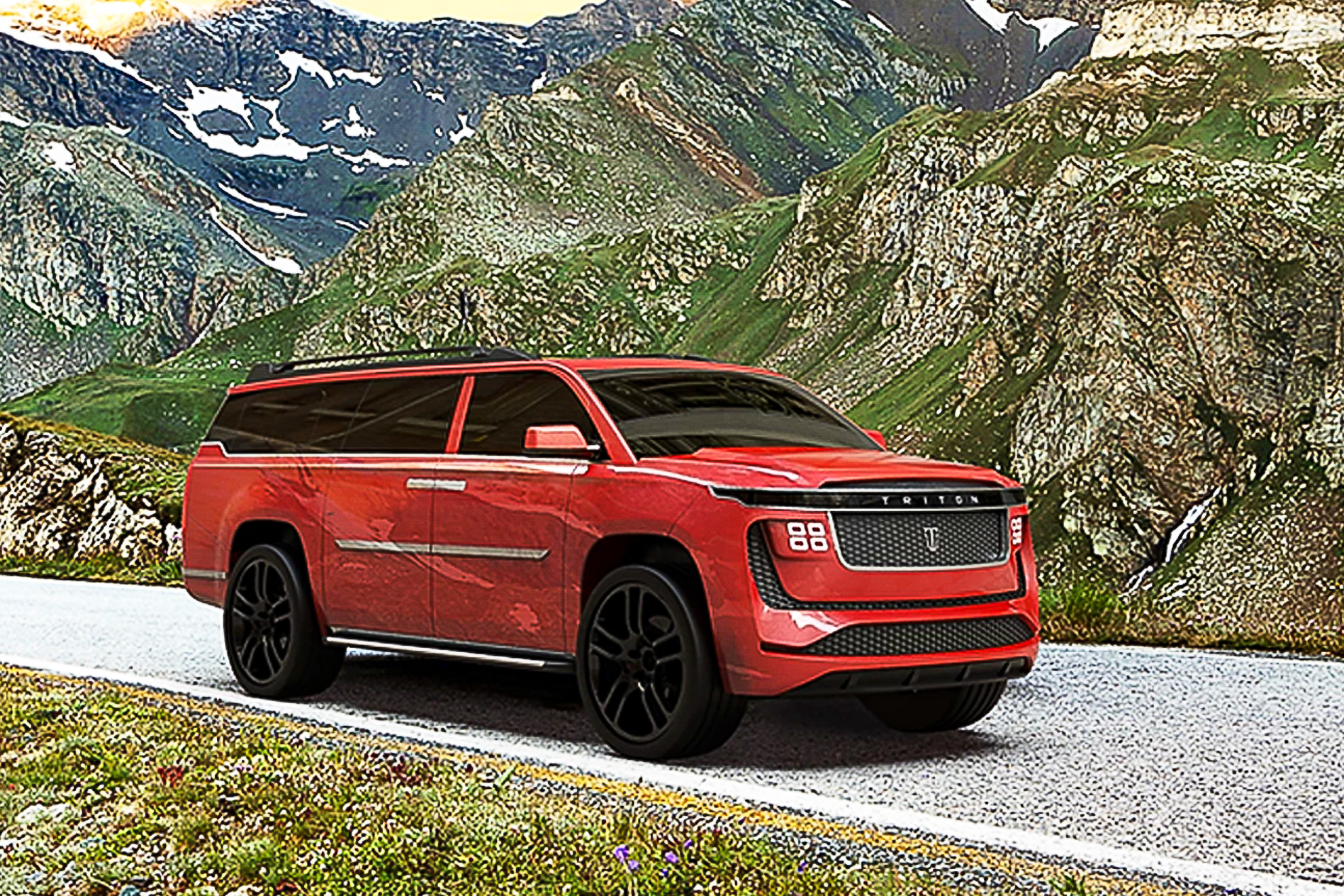
Triton makes big claims about its in-house battery packs, too, claiming that they are “half the weight and half the size of conventional vehicle batteries.”
The company also claims that by using its own wall box, the Model H can be used as a giant charging pack for homes in case of a blackout.
Not only that, the Model H will carry eight people and more than 5600 litres of luggage, and will come with a 10-year/240,000km warranty.
It’s priced from US$140,000 ($290,000), and a US$5000 ($9000) deposit will get you in the queue – though you’re expected to pony up the rest within five days.
While the company’s site lists its base in New Jersey, the founders and brains trust of Triton Solar are from India. Though the company claims the project has been in the works for some 18 months – and will be followed by a sports car in short order- there’s no information on how Triton will actually build its cars at scale.
It all feels a little bit too Utopian to be true, in our view. The easiest comparison to draw is with Tesla, whose forthcoming Cybertruck pick-up is acting as a lightning rod for the SU-EV movement.
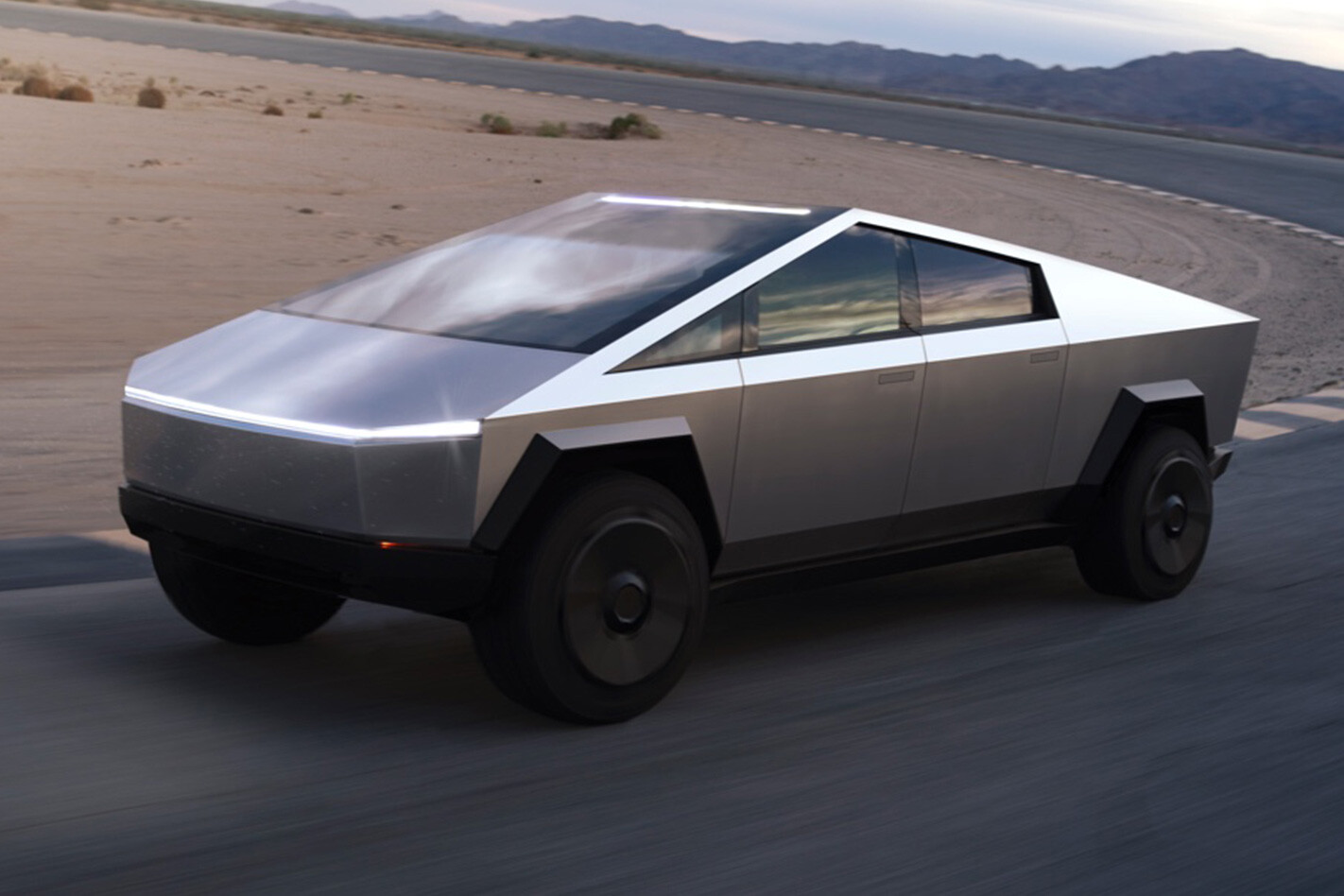
It was essentially forced to buy an old car factory to get its cars to market in any meaningful way, and its early-year struggles to overcome supply and quality-control issues should be a clear warning to those who want to follow.
Another recent example is Rivian, which bought an old Mitsubishi factory in the US as it plots a course towards a strong EV future.
Even small but smart players like Lucid – whose CEO was recruited by Tesla’s Elon Musk to design the Model S – are aware of the limitations of overpromising in a cut-throat world.
Will the Triton Model H ever see the light of day? Our guess that it’s a bit of a long shot.


